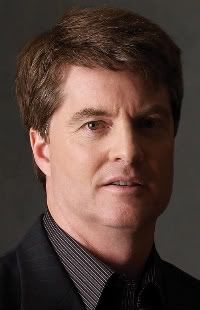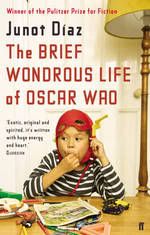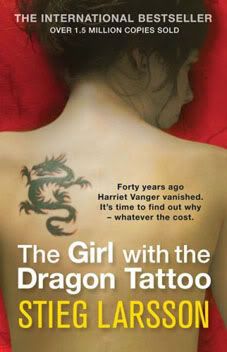
This week our ‘Five Questions with...’ features Gerry Hunt, writer and artist on Blood Upon the Rose: Easter 1916, the new graphic novel from O’Brien Press. Gerry is a retired architect, who took up creating graphic novels on his retirement, and has previously published In Dublin City and Streets of Dublin.
What are you working on at the moment?
I'm working on the comic I was drawing when O’Brien Press contacted me. It's a continuation of Streets of Dublin in which Johnny and his brother unearth some gold trinkets which Hughie pilfers thus bringing to life the Viking who was laid to rest with it. He is not a happy lad.
Who's the best new writer you've come across recently?
I haven't had a chance to check what is current for years but Frank Frazetta is my favourite artist and there is also Joe Coleman.
Do you have any peculiar rituals you do before you start writing?
I have to spend 20 minutes reading the sport on the daily to wake me up.
Do you have anything like a regular working day as a writer?
Yes, 3 hrs work before lunch and 4 hrs to whatever time it takes after. I work 6-7 days a week and I haven't had a holiday for years.
Who's your favourite literary character?
Bart Simpson. When I see that guy and I think of the elderly lady that does the voice I crack up.
If you could be anything else in the world, except a writer, what would it be?
I would go straight back to Architecture.
[Padraig]
Gerry will be signing copies of Blood Upon the Rose in Chapters Bookstore on Saturday 24th October at 3pm.








































 The Perry Bible Fellowship was easily one of the funniest and strangest comic strips online, a popular and critical darling.
The Perry Bible Fellowship was easily one of the funniest and strangest comic strips online, a popular and critical darling. Luckily Dark Horse stepped in, taking the initiative of collecting all the comic strips in one handy volume.
Luckily Dark Horse stepped in, taking the initiative of collecting all the comic strips in one handy volume.






